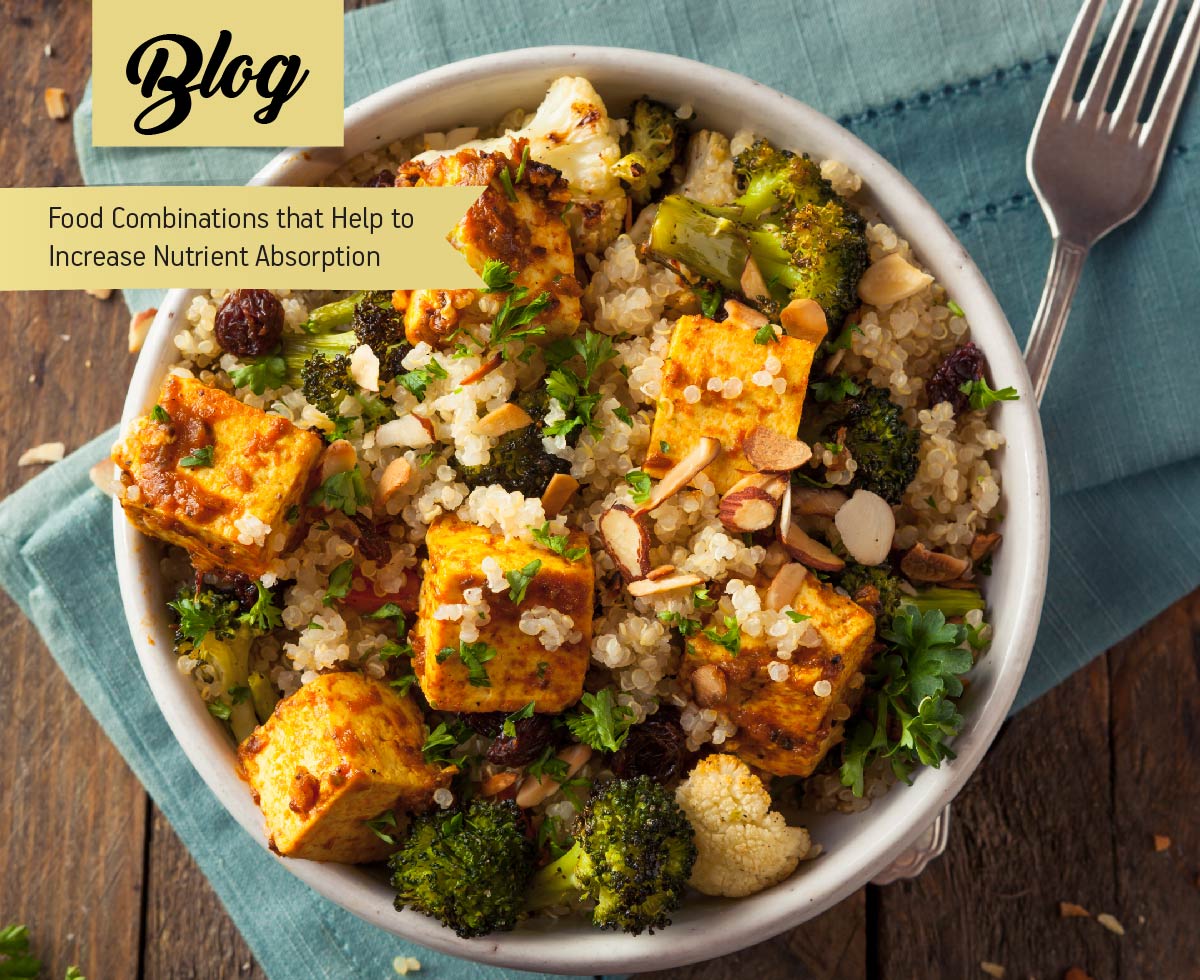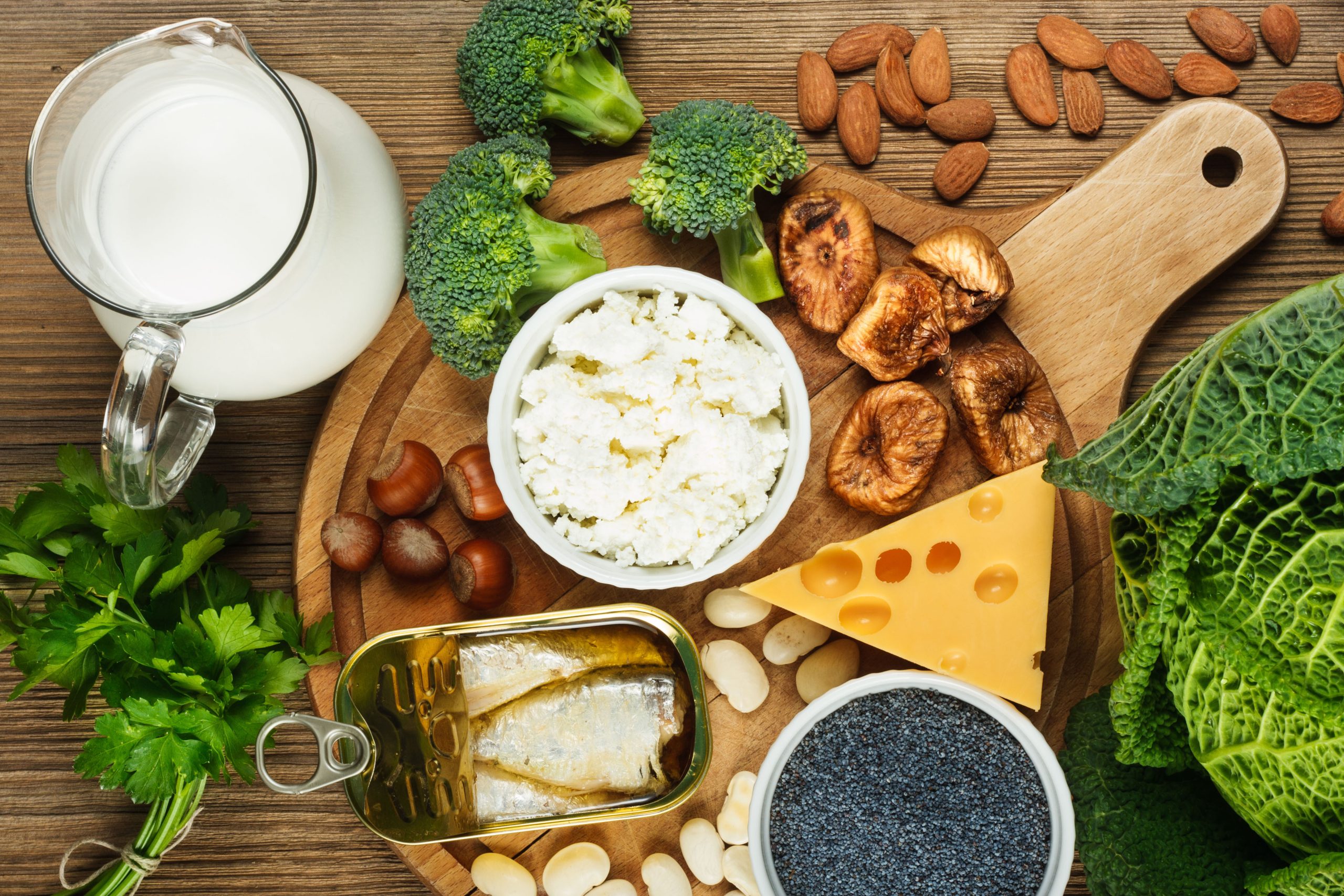
These days, it’s all about a well-balanced diet, but did you know there are also specific food combinations for better nutrient absorption. Certainly, at Prinos Farm&Deli, our aim is to ensure our customers have access to a well-balanced and nutrient dense range of foods. Which we do through our extensive selection of premium products, and fresh fruit and vegetables. But with all the information available in 2022, now is the time to up the ante, and start learning about what foods are best eaten together.
So, if you’ve been searching for an answer to the question ‘How do you increase nutrient absorption in food?’ read on. This blog will specifically look at why certain foods work together to increase the absorption of nutrients in the body. In addition, we will explore the top beneficial food combinations. And furthermore, we’ll share some PRinOs tips on how best to incorporate these combinations into your diet.
How does Nutrient Absorption work and why is it important?
We know now that the healthy foods we eat contain various essential nutrients – these include proteins, Vitamins, antioxidants, healthy fats, fibre and minerals such as iron. Every cell in the body needs these nutrients in order for our organs to function properly and to fight against disease and free radicals.
In essence what happens in the body when we consume these foods, is that the digestive enzymes and bacteria in the stomach break down the food, to extract the nutrients which then get absorbed into the bloodstream. Meanwhile anything left gets eliminated as waste and is digested through the gut and excreted.
The problem is, some of these nutrients are easily absorbed in the body, and others are not. Whether they are broken down and eliminated to quickly to be absorbed, or they get cancelled by other more processed foods such as refined sugars or dairy. However, the good thing is that these nutrients can work together with others for the body to be able to benefit from them.
So, really it takes more than simply eating healthy foods. Some of these healthy foods need to be eaten in combination with other foods in order for the body to actually take the goodness. Otherwise, we can experience nutrient deficiencies. Which in turn cause health issues, drop in energy levels, reduced organ function or skin conditions.
Other things that can contribute to low nutrient absorption include an imbalanced gut microbiome, as well as high stress levels or lack of sleep, and age or weight. However, there is a solution and that is combining certain nutrient rich foods to boost the bodies absorption of the health benefitting nutrients they contain.

What are the healthiest combinations of food for increased Nutrient Absorption?
- VITAMIN C AND PLANT-BASED IRON: Maintaining a healthy iron intake is an important dietary requirement to support the bodies hormone making function and carrying oxygen through the blood. But to clarify, there are different types of iron. Specifically, heme iron found in animal meat, poultry, seafood, and muscle tissue. And non-heme iron, aka plant-based iron, found in leafy greens, nuts, seeds, tofu, legumes, beans, peas and lentils. This second type is considered better for the body; however, it is not as easily absorbed by the intestines due to its structure. Pairing non-heme iron foods with a source of Vitamin C – such as fresh fruit and vegetables – help to break the iron down so that the body can properly absorb it. The pairing must be in the same meal in order to work efficiently.
PRinOs Tip: Add a squeeze of citrus juice to your meal or into your salad dressing. Pair pulses with fresh vegetables or even fruits such as pomegranate, orange, peach or apple. Or enjoy a snack of fresh pepper with hummus.
- CURCUMIN AND PIPERINE: The main compound in turmeric is curcumin. And for this reason, the spice has long been renowned for its powerful antioxidant and anti-inflammatory properties. Known to help relieve arthritis, fight disease, cleanse the blood and support healthy kidneys However, this nutrient is not absorbed by the body when eaten on its own because it gets metabolised too quickly to get absorbed and then disposed of by the body. But this can be solved by adding another compound – piperine. This compound increases the bioavailability of curcumin by helping it pass through the intestines and into the blood and slowing down it’s breakdown by the liver. Which means the body is able to soak it up faster and easier. And luckily black pepper is packed full of piperine, and also taste delicious in combination with turmeric!
PRinOs Tip: Or have a spicy curry or stir fry evening with friends, packed full of turmeric and black pepper. Or use both spices to season your roasted veg, scrambled eggs, soups, rice or even smoothies and salads.
- TOMATOES AND OLIVE OIL: Tomatoes are packed full of a powerful antioxidant photochemical called lycopene. Lycopene is known to help fight diseases including cancers. Unlike many nutrients found in fresh fruit and veg, lycopene is better absorbed by the body when cooked. But another way of enhancing its benefits, is my pairing it with olive oil
PRinOs Tip: This one already seems like the most second nature food combination in the Mediterranean diet. But for a difference from the obvious salad options, try cooking up a home made sauce full of tomato and add olive oil at the end or bake some fresh ripe tomatoes and drizzle with oil before eating.
- VITAMIN D AND CALCIUM: We all know that calcium is essential for healthy bones and teeth. However, what is less well known is that calcium needs Vitamin D to help it to be properly absorbed. In fact, without the Vitamin D, the body only absorbs about 10-15% of the calcium ingested. So how does it work? Essentially the Vitamin helps to increase the amount of calcium ingested, by transporting the calcium through the intestine. To make it easier for us, the two nutrients don’t have to be eaten at the same time. In fact, Vitamin D gets stored in the body for a longer duration so there is always some available.
PRinOs Tip: Combine and calcium rich greens such as spinach, kale or broccoli, with a nice piece of oily fish such as salmon or tuna. Or add dried figs to your cereal in the morning, along with eggs and yogurt or cheese.
- COMPLEMENTARY PROTEINS: Not all proteins are created equal. Some contain different essential amino acids than others. Essential amino acids are needed for growth and development, but only if we consume them complete. For this reason, eating a variety of different sources is a good way of increasing the benefits of this nutrient. Many animal products such as meat, poultry, fish, dairy and eggs contain complete proteins, while non-animal protein sources such as nuts, legumes, grains, and vegetables are incomplete. However, luckily, they can be combined to maximise the benefits. And they don’t have to be combined at every meal. Rather, a combination throughout the day also works to get the right amount of each amino acid.
PRinOs Tip: Rice and beans have always been known as an ideal food combination; however, rice and chickpeas are another good pairing. Or try making a healthy salad with quinoa and corn, or wholewheat bread with peanut butter.
- HEALTHY FATS AND FAT-SOLUBLE VITAMINS: Vitamins A, D, E, and K are all essential for helping the body fight diseases. But these vitamins are all fat-soluble, which means that in order for the intestine to absorb them, they need the presence of a healthy fat source. Foods that are high in these specific Vitamins include orange or yellow fruit and vegetables such as peppers, sweet potatoes and carrots or apricots and cantaloup melon, which are high in Vitamin A; leafy greens such as parsley, spinach and kale are high in Vitamins A and K; and nuts, seeds, asparagus and bell peppers are rich in vitamin E. These foods should be combined with foods rich in healthy oils, such as avocado, healthy oils, olives, some oily fish and nuts and seeds.
PRinOs Tip: Pair colourful vegetables with a drizzle of healthy olive oil, walnut oil or avocado oil. Toss up a delicious fresh salad with leafy greens, seeds, nuts, avocado and fresh vegetables. Or make a breakfast treat of sweet potato, egg and avocado.
Of course, there are other contributing factors that can lead to lower or higher nutrient absorption in the body. Such as whether you eat the foods cooked or raw. In general, the rule of thumb is that fresh fruits and vegetables are healthiest when left uncooked. But now that you have a good idea about both nutrient absorption combinations, as well as the difference between macronutrient and micronutrient, you’re all set to continue your healthy diet journey. So, head to Prinos Farm&Deli in Nicosia or Larnaca, or via our e-shop to stock up on your favourite food combinations for nutrient absorption today.













